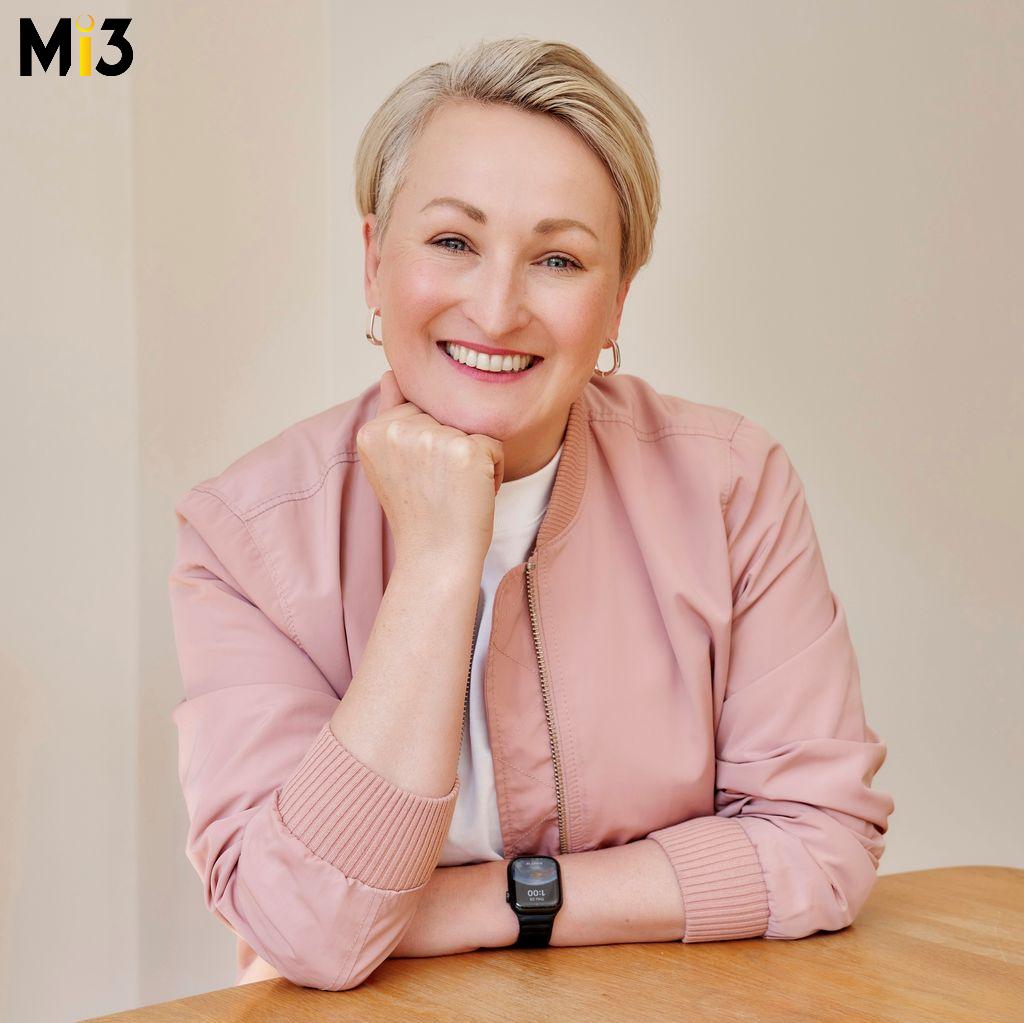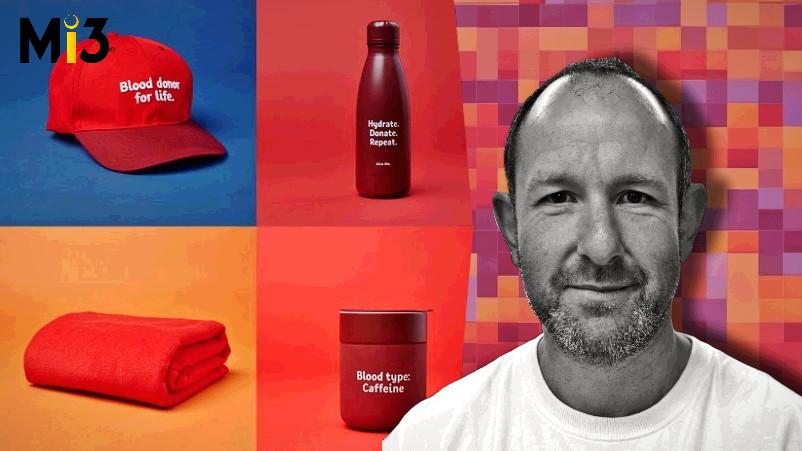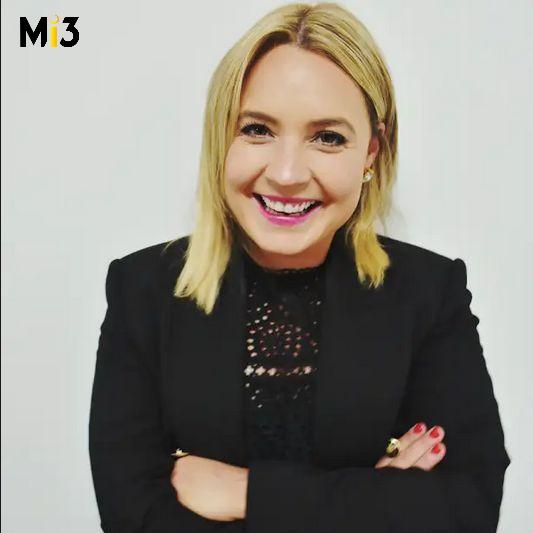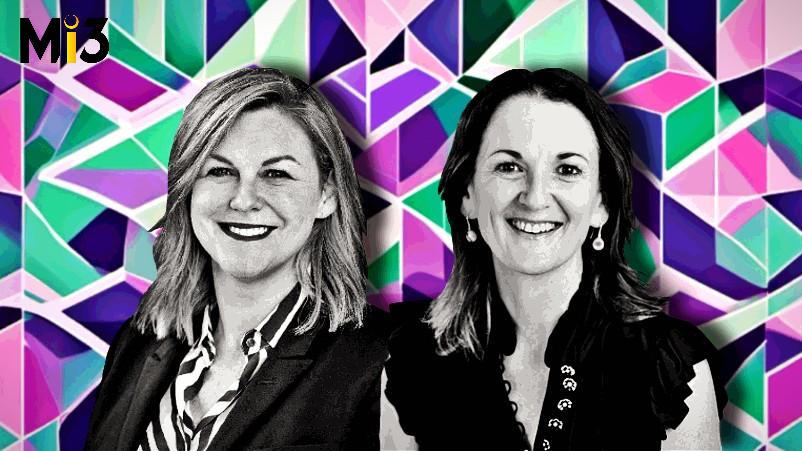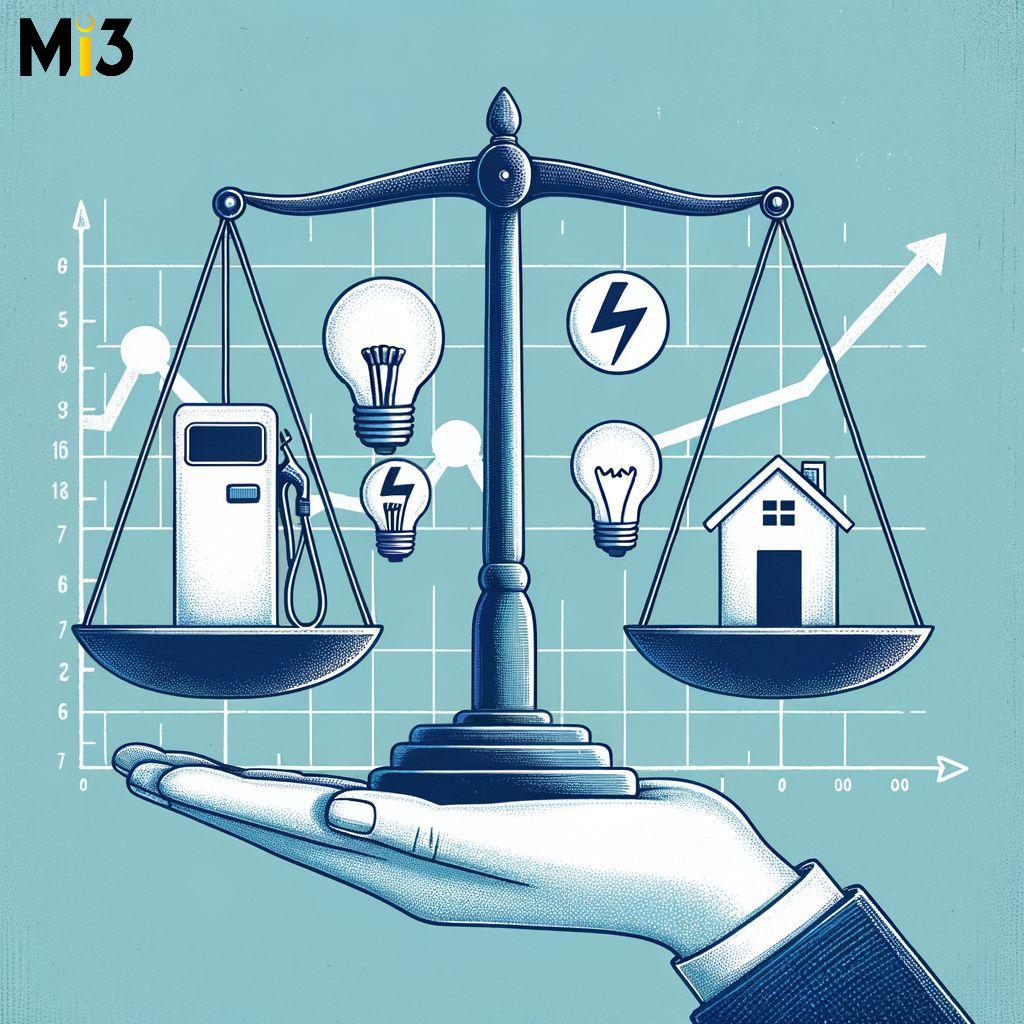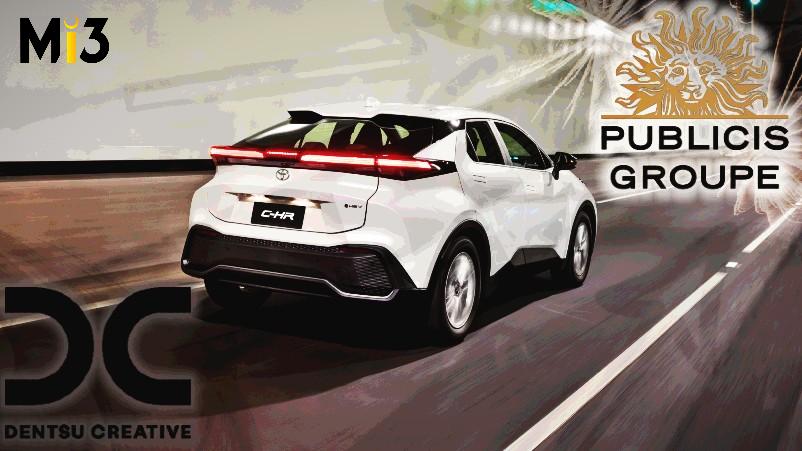CommBank has emerged as the only Australian brand to be included in the Kantar BrandZ Top 100 Most Valuable Global Brands ranking for 2024. The bank, valued at USD $23,127M, is Australia’s most valuable brand and ranks 82nd overall in the global listing. In the financial services category, CommBank ranks 14th, ahead of international giants such as Bank of America and HSBC.
Author: admin
Frank Green appoints former Sonos marketer Emma Levy as CMO to drive global expansion
Former Sonos and ACMI marketing leader, Emma Levy, has become the new chief marketing officer at sustainable products maker, Frank Green, a role newly designed and focused on driving growth local and global growth.
Big Red Group promotes Toni Westlake as new head of brand & marketing
Big Red Group has promoted Toni Westlake to new Head of Brand & Marketing. Westlake, who has a decade of experience in marketing, has assumed the position with immediate effect.
Big Red Group promotes Toni Westlake as new head of brand & marketing
Big Red Group has promoted Toni Westlake to new Head of Brand & Marketing. Westlake, who has a decade of experience in marketing, has assumed the position with immediate effect.
Enabling the humble brag: How Australian Red Cross Lifeblood navigated regulatory and safety hurdles to mobilise a 130,000-strong donor advocacy army – and found loyalty trumped digital spend
It was a pilot loyalty play expected to attract 2,000 blood donors that became a 90,000-strong advocacy army happy to make a humble brag about their charitable efforts – and it’s literally moving the needle. With 130,000 members now signed up since the official program launch in May, the savvy marketing initiative is now on track to deliver a 5 per cent uplift in blood collections overall in 2024. Australian Red Cross Lifeblood’s gift program was an unprecedented move for the government-funded agency requiring nuanced health and safety manoeuvring from its CMO, Jeremy Weiss. But it was a no-brainer to maximise return on his marketing investment – Weiss says it’s coming in at half the cost of incremental collections achieved through typical paid digital channels. The former Origin Energy, Latitude Financial Services and Telstra marketer unpacks how mobilising blood donors to be “walking billboards” is just one of the ways he’s applying consumer marketing smarts to meet Australia’s growing blood supply needs.
GraysOnline digital chief becomes new CMO at Novated Lease Australia
Novated Lease Australia (NLA), a leading provider of novated leasing services, has appointed former GraysOnline digital and marketing chief, Natalie Ashes as its new Chief Marketing Officer (CMO).
Behaviour change: marketer-agency power imbalance requires attitude adjuster; WeGrow’s Wendy Gower’s pilot with Stockland makes good better
Marketers and agencies are ever stretched – and it’s damaging relationships. But ex-Hearts & Science MD turned industry consultant Wendy Gower thinks equalising the balance of power drives commercial upside via better briefs, honest feedback and genuine collaboration. She’s devised a workshop program to make it happen. Real estate firm Stockland reckons its working – as does its agency boss.
Jim Chalmers downplays May inflation jump, points to CPI volatility
Treasurer Jim Chalmers has responded to the ABS’s monthly Consumer Price Index (CPI) for May, suggesting that the figure has been blown out by fuel prices and the “impact of base effects” due to a fall in inflation in May 2023.
Saatchis swoops Dentsu for Toyota retail business – set to deploy AI from US Saatchi unit in 12 months
Publicis has all but locked in Australia’s biggest carmaker, taking on Toyota’s retail creative work with Dentsu Creative losing the long-term business. It is understood Saatchi & Saatchi will bring an AI strategy for creative and beyond already being deployed on the Toyota retail business in the US – one executive familiar with the move said Publicis promised “workhorse-style retail executions” across video, image and copy at scale via automation.
ASX-listed fertiliser company fined $37,560 by ASIC over greenwashing in regulator’s latest win
Fertoz Limited, an ASX-listed company specialising in fertiliser mining, manufacturing and supply, has paid $37,560 to comply with two infringement notices issued by the Australian Securities and Investments Commission (ASIC) for greenwashing.


